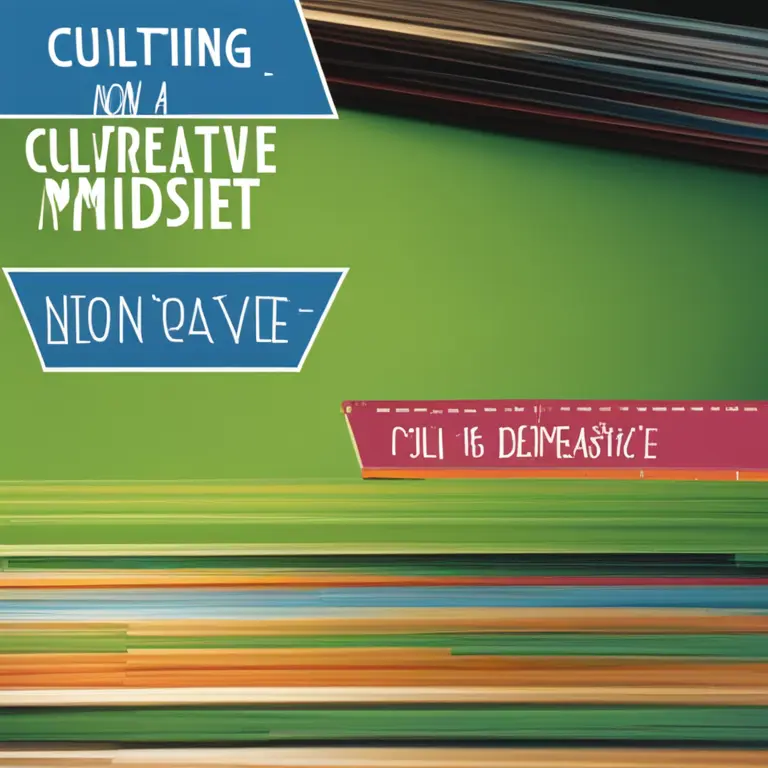
Calming the Mind: Meditation Techniques for Racing Thoughts
Discover effective meditation practices to soothe your restless mind and gain tranquility amidst the whirlwind of racing thoughts.
article by Hina Kurosawa
Introduction to Mindfulness Meditation
In an age where the pace of life continually accelerates, many people find their minds overflowing with persistent thoughts. Mindfulness meditation emerges as a powerful tool to calm the mental chatter and restore peace. This ancient practice has garnered robust support in the scientific community for its role in reducing stress and improving cognitive functions. By embracing mindfulness, individuals learn to observe their thoughts without judgment, anchoring themselves in the present moment and breaking the cycle of rumination.

The Anchor of Breath
A fundamental technique in mindfulness meditation is focusing on the breath. Breathing serves as a natural anchor to the present, a refuge from the tempest of thoughts. Initiating meditation with deep, intentional breaths slows down the heart rate and signals the nervous system to relax. As you attend to the rhythm of your inhale and exhale, you gently guide the mind away from distractions and towards a state of equanimity. This simple yet profound act becomes the cornerstone of mastering mental stillness.

The Role of Body Scan
Another effective strategy is the body scan technique, which encourages awareness of physical sensations throughout the body. Starting at the toes and moving gradually to the crown of the head, the meditator observes each part with openness and curiosity. This practice not only roots you in the present moment but also highlights the mind-body connection. Often, the racing thoughts find their counterparts in bodily tension, and through mindful observation, both can be released.

Cultivating a Non-Reactive Mindset
Central to mindfulness meditation is the development of non-reactivity. When racing thoughts arise, instead of engaging with them or forcefully pushing them away, the mindful meditator simply acknowledges their presence. This approach fosters a detached perspective where thoughts are seen as transient, much like clouds passing through the sky. Over time, this non-reactive stance builds mental resilience and a sense of inner calm that can withstand the ebbs and flows of the mental landscape.

Establishing Regular Practice
Consistency is key in taming a restless mind. Establishing a daily mindfulness routine, even for just a few minutes each day, can lead to significant improvements in mental clarity and stress reduction. The beauty of mindfulness is its flexibility; whether seated, walking, or incorporated into daily activities, these moments of awareness cumulatively effect a transformation in our relationship with our thoughts.
Embracing Technology and Community
In the digital age of 2024 and beyond, accessibility to mindfulness resources has never been greater. With apps dedicated to guided meditations, online communities, and virtual retreats, support for cultivating mindfulness is readily available. Engaging with these tools can enhance your practice and connect you with like-minded individuals who share your journey towards mental tranquility.
Conclusion
Mindfulness meditation offers a sanctuary for those struggling with racing thoughts. Through breath focus, body scans, non-reactivity, consistent practice, and the support of digital platforms, tranquility becomes more than a distant dream—it becomes an attainable reality. In an ever-changing world, the timeless wisdom of mindfulness provides an anchor, empowering us to navigate the tumultuous seas of the mind with grace and poise.
Published: 1/18/2024
Modified: 1/18/2024
More predictions
Come back here soon to learn more about yourself and your future


Mindfulness Meditation As A Tool for Anxiety Relief
Discover how mindfulness meditation can be a powerful tool for anxiety relief, fostering a sense of peace and well-being through simple, guided practices.


A Short Guide to Mindfulness Meditation
Embark on a journey of self-awareness and tranquility with this comprehensive guide to mindfulness meditation.


Mindfulness Meditation: A Path to Lasting Happiness
Discover how mindfulness meditation can enhance your sense of wellbeing and lead you to a happier life in this insightful article.